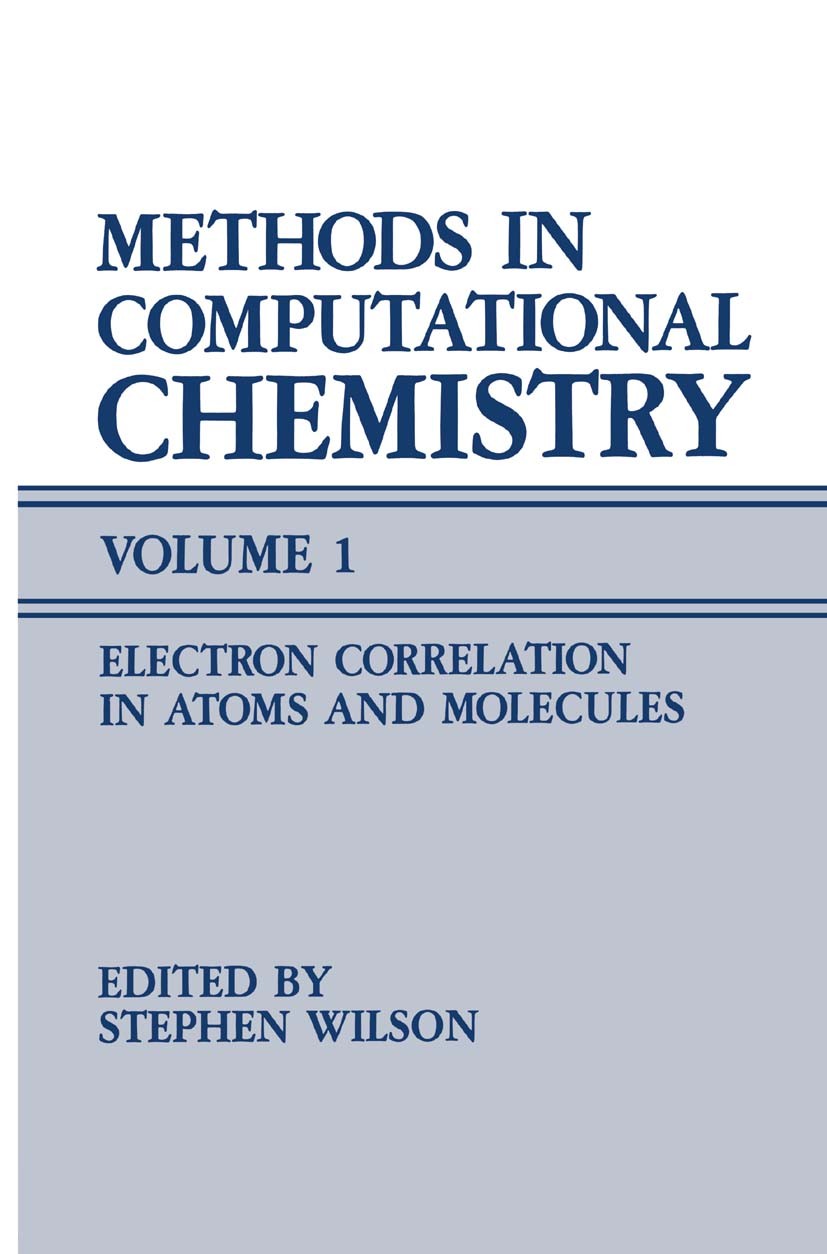| 书目名称 | Methods in Computational Chemistry | | 副标题 | Volume 1 Electron Co | | 编辑 | Stephen Wilson | | 视频video | http://file.papertrans.cn/633/632288/632288.mp4 | | 图书封面 |  | | 描述 | When, forty years ago, as a student of Charles Coulson in Oxford I began work in theoretical chemistry, I was provided with a Brunsviga calculator-a small mechanical device with a handle for propulsion, metal levers for setting the numbers, and a bell that rang to indicate overflow. What has since come to be known as computational chemistry was just beginning. There followed a long period in which the fundamental theory of the "golden age" (1925-1935) was extended and refined and in which the dreams of the early practitioners were gradually turned into hard arithmetic reality. As a still-computing survivor from the early postwar days now enjoying the benefits of unbelievably improved hardware, I am glad to contribute a foreword to this series and to have the opportunity of providing a little historical perspective. After the Brunsviga came the electromechanical machines of the late 1940s and early 1950s, and a great reduction in the burden of calculating molecular wavefunctions. We were now happy. At least for systems con taining a few electrons it was possible to make fully ab initio calculations, even though semiempirical models remained indispensable for most molecules of every | | 出版日期 | Book 1987 | | 关键词 | chemistry; computational chemistry; electrons; molecule; theoretical chemistry | | 版次 | 1 | | doi | https://doi.org/10.1007/978-1-4899-1983-0 | | isbn_softcover | 978-1-4899-1985-4 | | isbn_ebook | 978-1-4899-1983-0 | | copyright | Springer Science+Business Media New York 1987 |
The information of publication is updating

|
|
 |Archiver|手机版|小黑屋|
派博传思国际
( 京公网安备110108008328)
GMT+8, 2025-11-15 11:20
|Archiver|手机版|小黑屋|
派博传思国际
( 京公网安备110108008328)
GMT+8, 2025-11-15 11:20


